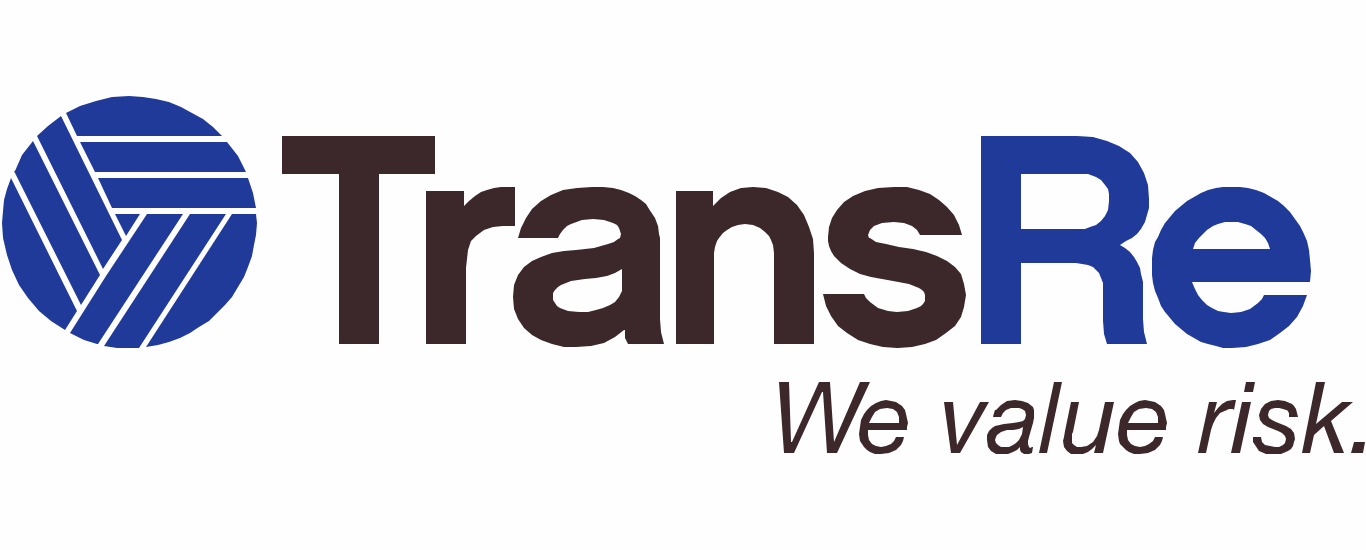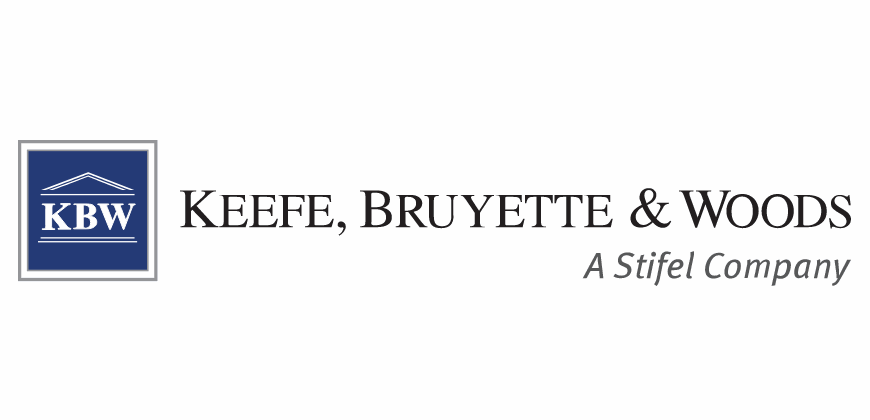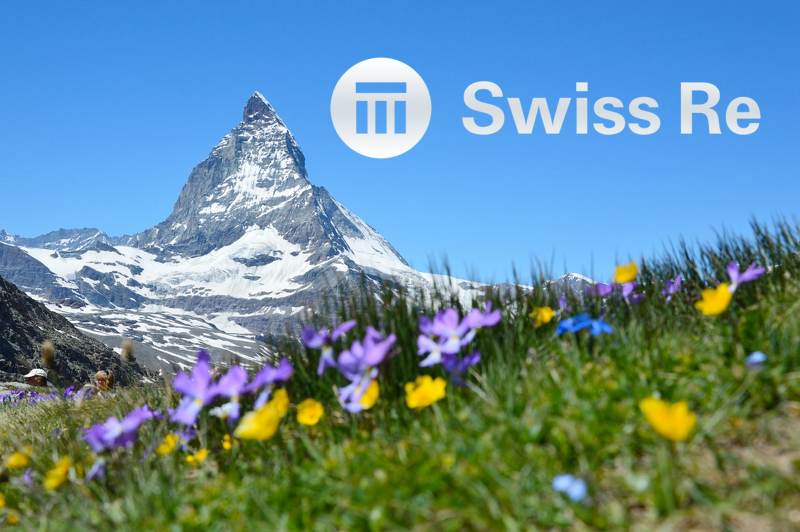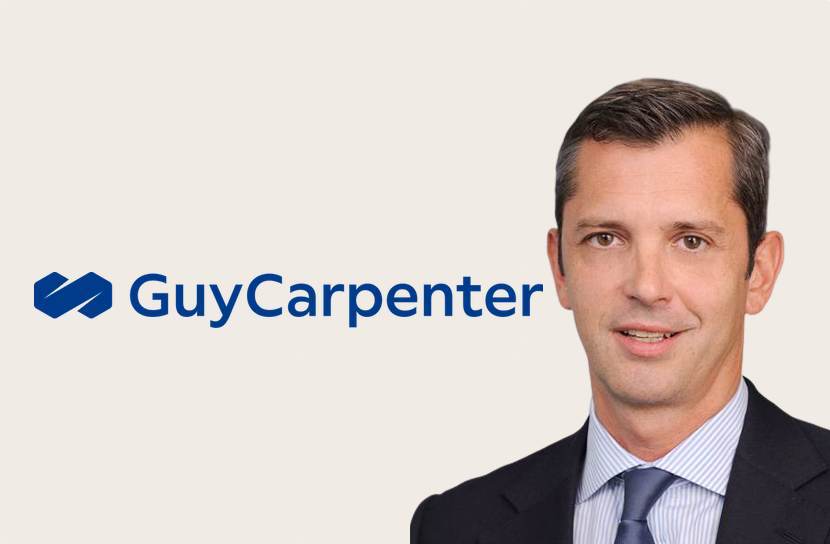
Clear signals on the price adequacy of property catastrophe risks, under the shadow of rising climate exposures, continue to come to light, with the latest being the final letter from Alleghany CEO Weston Hicks to his shareholders.Hicks is retiring at the end of this year and stepping down from his role as CEO of Alleghany Corporation, the parent to global reinsurance company TransRe.In his final letter to his shareholders Hicks, who has long been outspoken on reinsurance market trends and pricing, called out the industry for underpricing catastrophe risk.The timing of the statement on catastrophe risk price adequacy comes just after Alleghany reported a $200 million underwriting loss for the third-quarter of 2021, which was largely down to catastrophe losses suffered by its reinsurance arm TransRe.
TransRe suffered net catastrophe losses and loss adjustment expenses of nearly $372 million during the third-quarter, almost $223 million of which was from hurricane Ida and another $106 million from the European floods.These significant cat losses will have ramifications for the third-party investors backing TransRe’s collateralized reinsurance sidecar vehicle Pangaea, while they may also have had some ramifications for risks ceded via TransRe to the funds under the management of Integral ILS.Hicks, in his letter to shareholders, explained that he feels catastrophe losses since 2016 have been the driver of a slowdown in growth in book value per share for Alleghany.
“The principal reason for the slower rate of growth has been elevated natural catastrophe loss activity,” Hicks explained.“Since 2016, our insurance and reinsurance subsidiaries have incurred almost $3.0 billion of natural catastrophe losses on behalf of our customers, and over $400 million of losses related to the Pandemic, mostly in 2020.The natural catastrophe losses were greater than our subsidiaries assumed in their pricing, and pricing continues to adjust to this elevated catastrophe loss experience.” He referred to climate change as a possible driver of elevated catastrophe loss impacts for his firm, saying, “Recent catastrophe loss experience was unusual based on long-term averages, and is increasingly attributed to a changing climate, as well as the current phase of the El Niño Southern Oscillation, or “ENSO.”” But, importantly, he also believes the industry has failed in its core job of pricing its underwriting business commensurately with the risks it is actually assuming, when it comes to catastrophe exposures.
“While our insurance and reinsurance subsidiaries performed an essential function to society by absorbing these losses, we do not believe that they have done so at prices that allow them to earn a fair rate of return on the capital required to support these risks,” Hicks wrote in the letter.He continued to say that, “We are not alone in this regard; we believe that most insurers in the property insurance business have earned poor underwriting returns over the past five years.” Which is going to lead to action at TransRe it seems, with Alleghany keen to ensure it is paid rates that match the risks it is taking on, including loading for perceived climate exposure embedded in property catastrophe risks.“We have decided that we will reduce our capacity for catastrophe-exposed property exposures unless we are paid properly to put our capital at risk,” Hicks explained, saying that, “Today, underpriced property risks are mostly in the reinsurance industry.” Hicks said there are “a number of initiatives underway to improve our catastrophe risk profile” and so he expects Alleghany’s underwriting results will therefore improve over time.
It’s possible some of these initiatives may involve leveraging TransRe’s third-party capital partnerships, through its quota share sidecar program Pangaea and perhaps also its relationship and investment in ILS manager Integral.Working with the third-party capital pools it has access to, so as to reduce its own exposure to peak events, while still earning fee income on the writing of the business and its management, as well as the management of capital that can support it.Hicks comments on catastrophe risk pricing are aligned with many other CEO’s and leaders in the industry and as renewals approach it does seem the alignment on the need for more rate is absolute across the marketplace at this time.
We’ll have to see whether that alignment sticks right up to renewals and beyond and this year we’ll have the very important market of Europe to look at, as if rates don’t rise much there (despite the record flood losses) it will be clear that someone is still suppressing them.———————————————————————.All of our Artemis Live insurance-linked securities (ILS), catastrophe bonds and reinsurance can be accessed online.Our can be subscribed to using the typical podcast services providers, including Apple, Google, Spotify and more.
Publisher: Artemis








